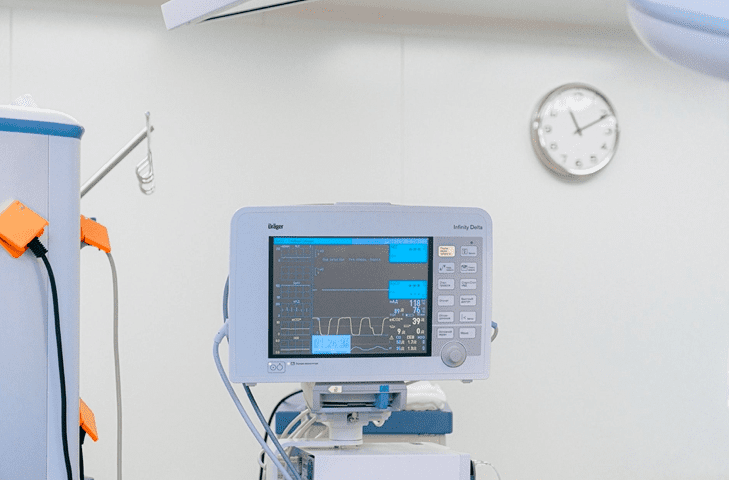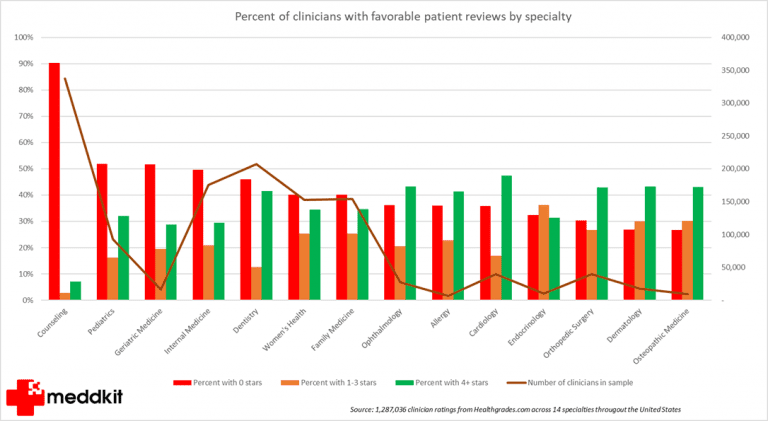Improving Care Through Patient Input: The Value of Patient Feedback
By: Ava Davis
Patient feedback is becoming an increasingly important tool for healthcare organizations that want to improve the quality of care they provide. Implementing an effective patient feedback system can empower patients, enable organizations to be more responsive to patient needs, and ultimately help improve health outcomes. This article explores the value of patient feedback and key considerations for developing a patient feedback system that truly impacts care.
The Benefits of Patient Feedback
Collecting and responding to patient feedback offers numerous benefits for healthcare providers, staff, and most importantly, patients themselves. Key potential benefits include:
- Identifying gaps in care from the patient’s perspective
- Monitoring quality and experience over time
- Empowering patients through listening to their voices
- Building stronger patient-provider relationships and trust
- Informing improvement initiatives based on patient priorities
- Achieving better health outcomes as patients become more engaged partners in care
For patients especially, the ability to share feedback and feel heard can lead to greater feelings of control and confidence during what is often a challenging healthcare experience.
Implementing an Effective Patient Feedback System
However, to achieve these types of benefits, patient feedback must be collected and operationalized effectively. Organizations need structured processes to capture meaningful data and translate insights into impactful changes. Key steps for developing a patient feedback system include:
Planning Objectives and Strategy
- Define specific goals and target metrics around patient experience and health outcomes
- Determine which patient touchpoints will provide the most valuable feedback
- Identify key stakeholder groups needed to act on the insights
- Develop a timeline aligned to improvement initiative planning cycles
Collecting Feedback
- Identify the right mix of feedback channels – surveys, focus groups, interviews, online reviews, etc.
- Leverage existing data sources where possible – post-discharge surveys etc.
- Ensure user-friendly, accessible feedback channels for all patient groups
- Monitor response rates and listen continuously versus periodic ‘spot checks’
Analyzing and Interpreting Data
- Aggregate feedback data into a user-friendly visual dashboard
- Slice data to surface priority areas based on department, patient cohort, etc.
- Identify key themes and trends in the patient voice over time
- Translate feedback into insight for various audiences – from patient-facing staff to executive leadership
Operationalizing Insights
- Establish processes to discuss feedback and prioritize improvement opportunities
- Set goals and project plans for acting on key focus areas
- Communicate responses and changes to patients to close the loop
- Monitor impact on patient experience metrics to showcase value
Sustaining an Ongoing Learning Approach
- Share patient stories and feedback examples to spur continuous reflection
- Maintain patient feedback as a standing agenda item in staff/leadership meetings
- Regularly refresh approach based on evolving patient expectations
- Continually optimize how data is analyzed and shared to drive action
Keys for Success
However a patient feedback system is designed, a few key principles are fundamental to driving meaningful impact:
- Securing leadership commitment to listen and act – feedback should not sit in a vacuum
- Making participation easy and engaging – provide multiple channels to drive quality responses
- Communicating responses to patients and closing the feedback loop
- Analyzing data in an ongoing way – not periodic snapshots
- Collaborating across teams and hierarchy to identify solutions
- Anchoring efforts around the ultimate goal of improving outcomes and experiences
As consumer expectations around service quality rise and competition in healthcare increases, patient feedback is becoming a critical way for provider organizations to improve care quality, experience, and responsible cost management. By methodically implementing processes to capture, analyze, and act on the patient voice, healthcare leaders can drive impact that truly empowers patients while supporting the Quadruple Aim – better outcomes, lower costs, provider wellbeing, and patient satisfaction. The time for healthcare organizations to invest in patient feedback systems to inform better decisions is now.
What types of metrics can a patient feedback system help improve?
Patient feedback systems can help improve experience metrics like satisfaction, loyalty, and likelihood to recommend. They can also connect activities to clinical outcome improvements over time-related to quality of care and patient safety.
Can you provide an example of how patient feedback led to a meaningful improvement?
One hospital began surveying discharged patients and found consistent issues with noise at night that affected sleep. In response, they implemented quiet times, reduced overnight cleaning, added white noise machines, and educated staff. Follow-up surveys showed significant improvements in satisfaction with the hospital environment.
Is there an ideal way to solicit patient feedback?
The best approach is to utilize multiple channels for input – everything from post-discharge surveys to online review sites and forums, to focus groups for specific patient segments. This provides more comprehensive insights versus a single approach. The key is making participation easy and closing the loop by communicating back to patients about changes being made based on their input.
What is the value of third-party platforms for aggregating patient feedback?
Third-party platforms can provide broader market benchmarks, best practice data collection templates, automated analysis, and tools for mining verbatim comments. This can enhance internal patient feedback systems with deeper analytics and efficiency capabilities. However, they should supplement rather than replace local listening channels.
How much time should be committed to patient feedback analysis meetings?
To be effective, patient feedback analysis should be embedded into regular operations rather than a separate initiative. Leadership team meetings and quality improvement workshops should dedicate standing agenda time to discuss patient feedback themes, trends, and potential responses. This continual focus reflects the priority of the patient’s perspective.








